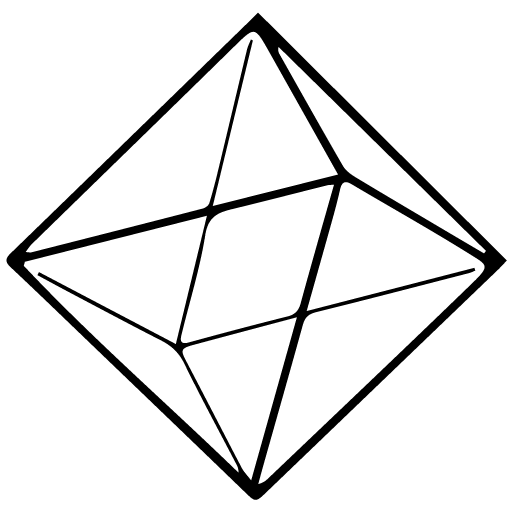ACL Post-Surgery Rehab Guide: Unlock Your Recovery Journey

Post-Surgery Phase 1
There are four important goals to achieve in phase 1:
- Restore range of motion – we would expect to see the knee at full extension (fully straight) and approximately 100 degrees of flexion before moving onto phase 2 of rehab. We do focus a lot more intensely on knee extension in the early stages of rehab as it is harder to attain later on in the recovery.
- Reduce the swelling to ‘mild’ level– as previously mentioned, swelling management is important to improve function of the knee. Using ice, elevation and compression together with some manual therapy can help to achieve this reduction.
- Start to get the quadriceps muscles firing again to build strength and muscle bulk – start with some static quadricep contractions. I like to begin to incorporate an exercise called “inner range quads” at about week 3 (yes this is an open chain exercise which has previously been steered clear of in the early stages, however I use it and research shows that if performed at less than 30 degrees of knee flexion, it is safe to perform)
- Normalise gait whilst using crutches – Spend the time achieving ‘normal’ gait before throwing away the crutches i.e. normal walking patterns and no limping.
The hamstring and patellar tendon are most commonly used as grafts for ACL reconstruction and this graft site is just as important to manage in the recovery process. Do not overload these structures in this first phase. Use the same techniques of swelling and pain management as well as low level exercises to start off with such as isometric contractions.
Don’t forget to think about the body as a whole in these early stages. There isn’t a lot the patient can do with regards to the knee early on this rehab stage, however they can do a lot further up the body chain. Incorporate the core, upper body and cardiovascular training into this phase such as sit ups, upper body seated or lying strengthening, arm crank or cycle.
Post-Surgery Phase 2
Phase 2 is all about strength, balance and proprioception. The goal for knee range of motion is to achieve knee extension equal to that of the other side and knee flexion of 125-130 degrees.
Strengthening begins with body weight exercises such as sit to stand and calf raises and progresses into gym based training covering leg press, lunges, step ups, hip abduction, squats and core exercises. Non-impact aerobic conditioning such as walking, swimming or cycling is also encouraged.
As for balance and proprioception, we are aiming to achieve single leg balance of greater than 30 seconds and good hip and knee control with single leg calf raises and single leg squats. Early plyometric/impact exercises such as mini hops and small box jumps can be introduced towards the back end of this phase and can be progressed as we move into phase 3.
Post-Surgery Phase 3
This is the phase of rehabilitation where we can start to see the light at the end of the tunnel. This is the return of running, jumping, hopping and agility. With hopping and jumping, we place a lot of emphasis on landing as we know the ACL is an integral part of the deceleration phase. Gym based exercises are also still progressing in this phase as we focus a lot more on isolating the muscles around the hip and knee. We start focusing on isolation exercises such as prone hamstring curls, single leg squats and single leg deadlifts.
Post-Surgery Phase 4
The last phase of ACL rehabilitation….. Return to Sport!!! This phase is extremely individualised as not everyone plays sport and if they do, not everyone plays at the same level or plays the same sport. We focus on obtaining a background around your pre-injury levels of strength, balance, agility, proprioception and control and begin to introduce skills and activities specific to this. We continue to progress through this phase until we have achieved return to sport status which required sport specific testing to measure if you are at the level of strength, balance, proprioception, agility, speed, fitness and a variety of other factors required to comfortably return to sport with a much decreased risk of re-injury. Outcome measures we look at are single leg hopping ability, triple hop ability, vertical jump, quadricep bulk and hamstring to quadricep strength ratio.
Preventing re-injury is important post ACL reconstruction. Anywhere from 1-20% of people will re-injure their ACL. There are a few different ACL injury prevention programs available online which have been proven to reduce the risk of ACL injury as well as re-injury. These programs are designed to be performed more then once a week for at least 6 weeks (and should definitely be performed ongoing post-injury) and involve everything we have discussed – from strengthening exercises to balance and plyometrics. FIFA 11 + is an example of a good general maintenance program available. If you would like something more specific to your sport or your goals, please do not hesitate to reach out to us.
Please keep in mind that on average, approximately 5% of ACL reconstructions fail – ensure you are mindful of this and careful in the early phases of rehabilitation. Having said this, 95% of ACL reconstructions are successful!! Happy rehabbing!



